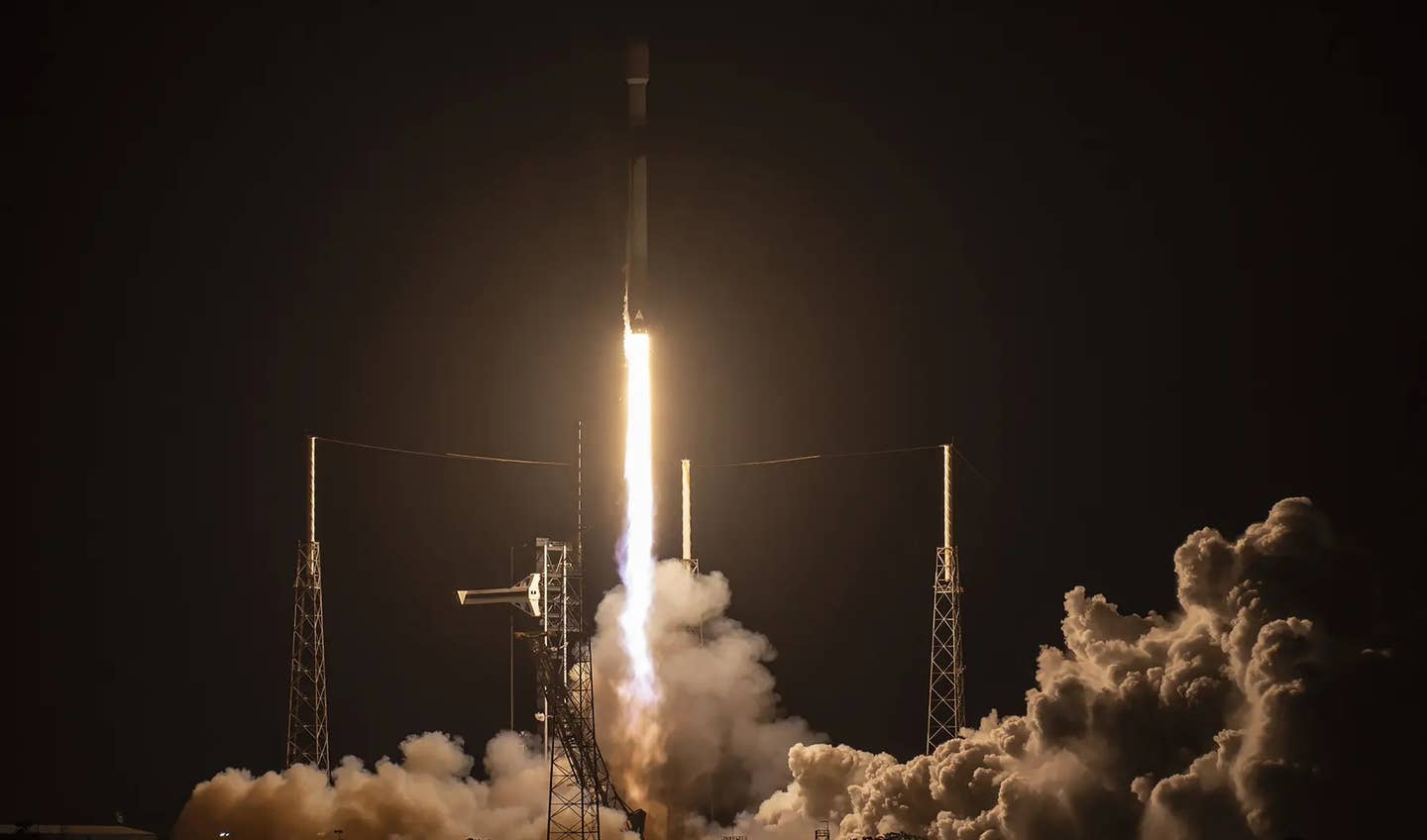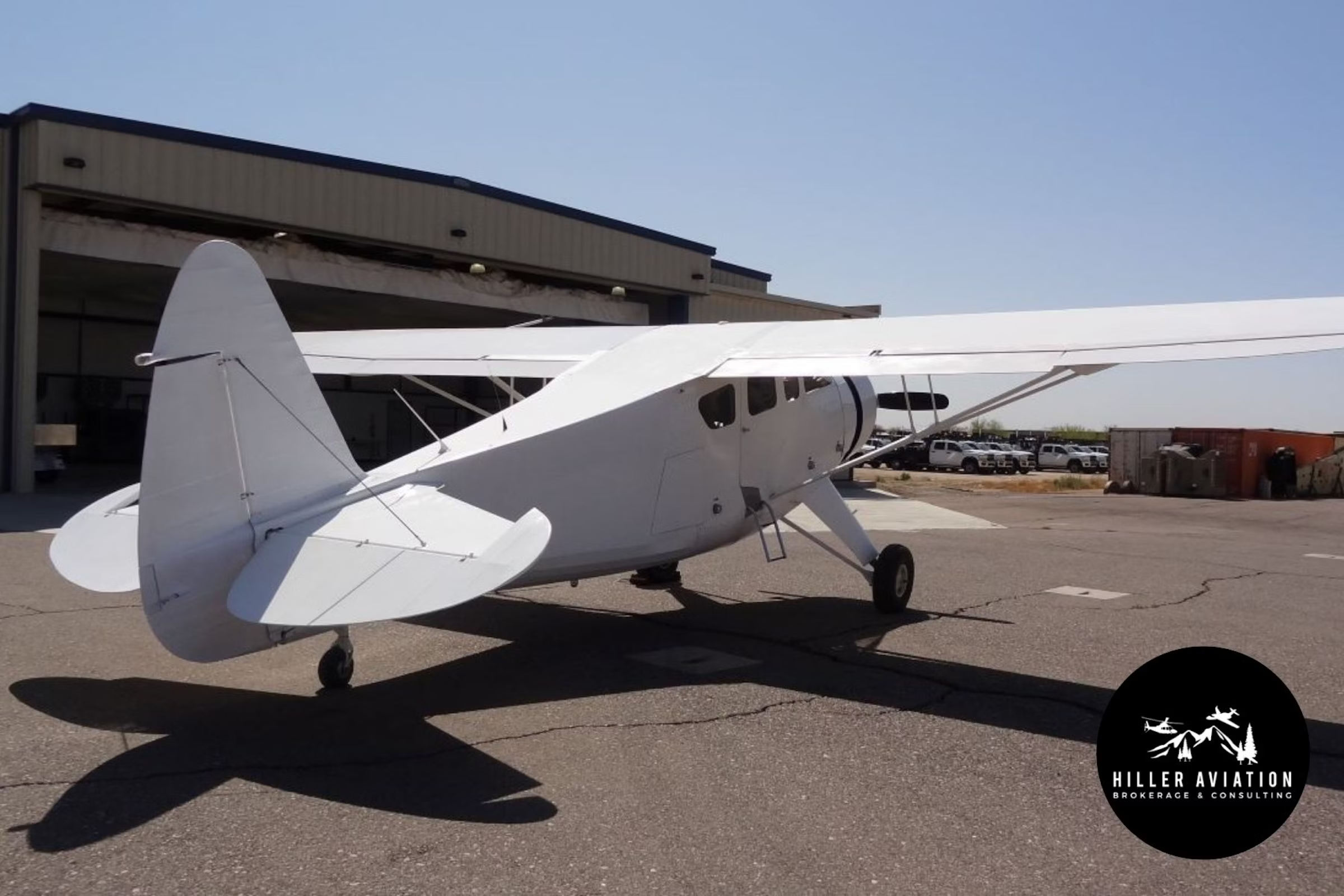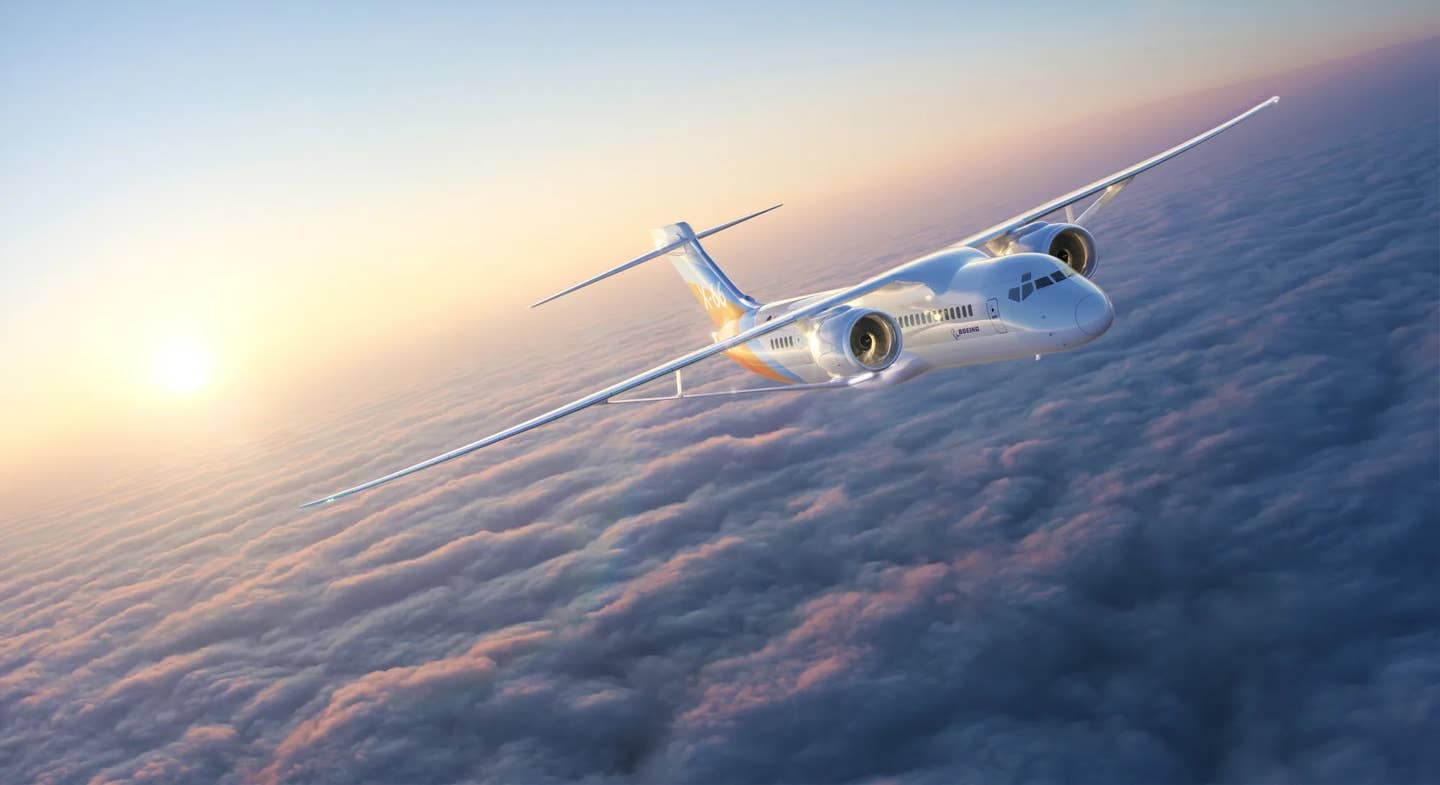
The X-59 project hopes to prove the viability of a new generation of SST operations over the Continental U.S. and other countries. LBFC_AFRC (NASA photo)
NASA said last week it has officially committed to a development timeline that will lead to the first flight of its X-59 Quiet Supersonic Technology (QueSST) aircraft by 2021. Development of X-59 QueSST falls under the Low Boom Flight Demonstrator project, part of the Integrated Aviation Systems Program in NASA's Aeronautics Research Mission Directorate. The X-59's mission is to use the aircraft to gather test data to potentially change the rules that currently ban supersonic flight over land.
This critical development milestone follows a review that confirmed NASA’s continued support of X-59 funding while establishing an achievable development timeline. The review commits NASA to the full X-59 development effort through flight-testing in 2021. Palmdale, California’s Lockheed Martin Aeronautics Company also recently began manufacturing the first part for the X-59.
When completed, NASA will use the single-pilot X-59 to study how reducing the sonic boom heard from traditional supersonic jets to a quiet sonic “thump” could lead to acceptance of supersonic flight over land. The tests are required to prove the X-59’s performance before it’s allowed to fly over a number of U.S communities. The X-59 will be NASA’s first piloted, full-size X-plane in more than three decades.

Sign-up for newsletters & special offers!
Get the latest FLYING stories & special offers delivered directly to your inbox






